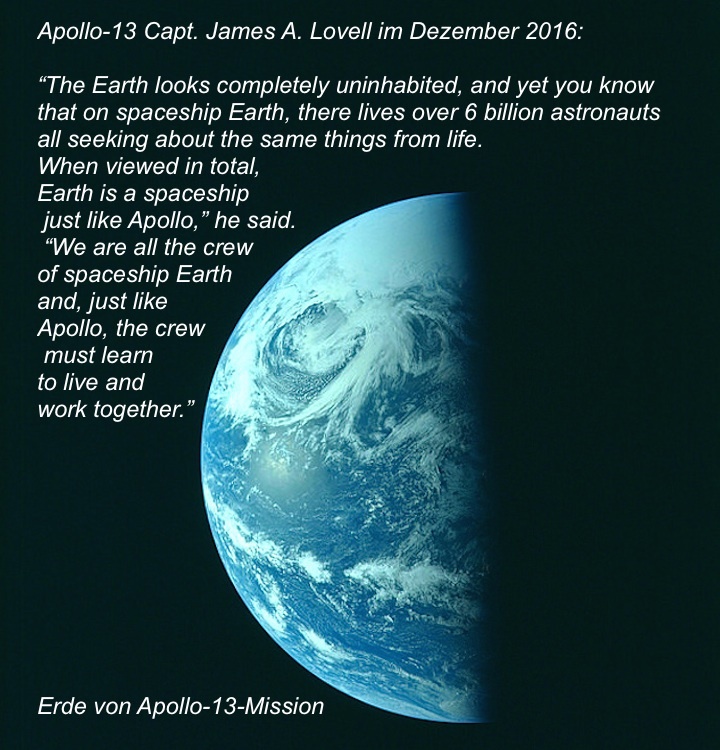Quelle: SIERRA
24.03.2018
In “One Strange Rock,” Spaceship Earth is out of this world

"I've often heard people say, 'I wonder what it would be like to be on board a spaceship,'" R. Buckminster Fuller wrote in his 1968 pièce de résistance, Operating Manual for Spaceship Earth."And the answer is very simple. What does it feel like? That's all we have ever experienced. We are all astronauts." If that sounds too out-there, try binge-watching National Geographic's 10-part series One Strange Rock; you'll find yourself in a free fall above one of the most enigmatic planets in the known universe. (Hint: It's the one beneath your feet.)
This story isn't about space travel, though. Nor is the series simply a nature documentary. One Strange Rock reveals a world most of us have never seen—at least, not like this. Eight of NASA's elite astronauts serve as a kind of living telescope through which to zoom in and out of Earth's interconnected, living biome. We see and experience the pure wonder of the planet through their eyes, thanks to dazzling cinematography covering 45 countries on six continents as well as outer space.
Vanguard filmmaker Darren Aronofsky (who is a board member of the Sierra Club Foundation) joins forces with a team of executive producers, including Jane Root, to deliver a true cinematic spectacle: equal parts thriller/mystery, romance, and nature porn. Hosted by Will Smith, One Strange Rock offers a creation story. Beginning with the opening shot, each episode explores a different aspect of how life on Earth came to be—oxygen, water, atmosphere, chance—presented by astronauts who have spent a combined 1,100 days in space.
Aronofsky, who trained as a field biologist, told Sierra that the idea of framing the narrative through the astronauts' point of view was a breakthrough. "We started to see this connection," he said. "They all had this different perspective on the planet that was a beautiful perspective—seeing the home, seeing our home, from outside. Because it's very easy when you're inside the world to forget that there's a slightly bigger picture."
Smith is a pleasantly jarring host, interrupting sequences of complex science and spectacular visuals with an everyday earthling's point of view. He goes about his day, walking the dog, exercising—just waiting to have his mind blown. It pays off: Smith's cheeriness, sincerity, and relatability give us a way to connect with the story's mind-boggling themes. How exactly is there enough oxygen on the planet for all of us? We learn that glacier ice serves up nutrients for diatoms—tiny organisms four times thinner than a human hair that use silica to create new shells, allowing them to reproduce—and these "little fellas under the sea," as Smith calls them, photosynthesize, producing much of the planet's oxygen.
Scientists and researchers from all over the world come and go, each one sliding one more piece of the planet's puzzle into place as camera angles play with points of view. Precise cinematography turns the blue tentacles of a man-of-war into watery feathers, and a North African dust storm appears as a bleeding inkblot spreading across the screen.
"We're all crewmates on the same ship," astronaut Chris Hadfield says in one episode.
But can we come together as a species to grasp the wondrous interconnectedness of Spaceship Earth enough to save it from ourselves? In considering the question, executive producer Root said, "First you have to fall in love with your planet. Then you can save it."
One Strange Rock is one giant leap forward in that romance.
One Strange Rock premieres on National Geographic Channel on Monday, March 26, at 10 P.M. eastern/9 P.M. central.
This article appeared in the May/June 2018 edition with the headline "Houston, We Have a Planet."
